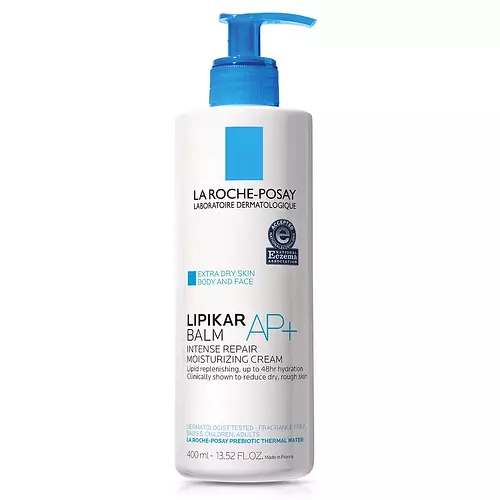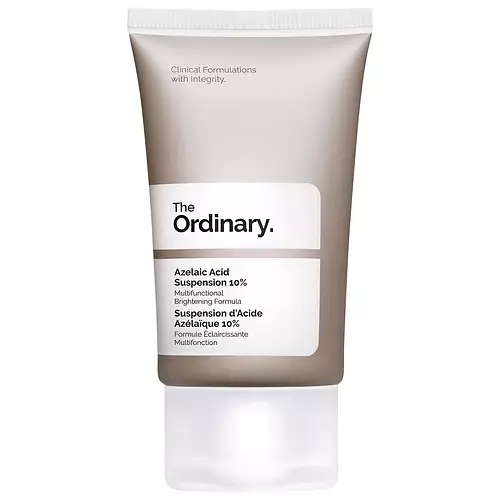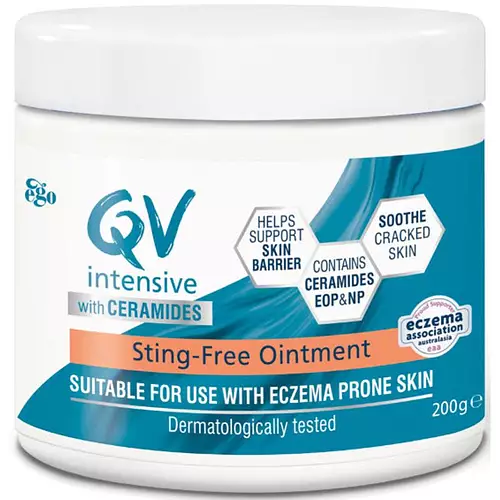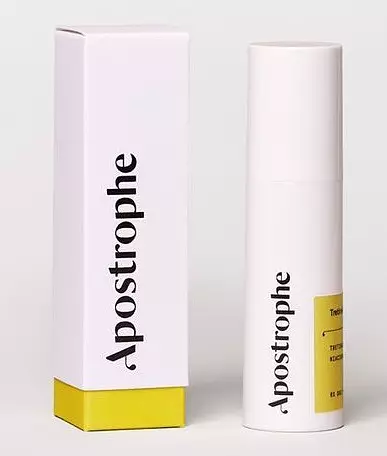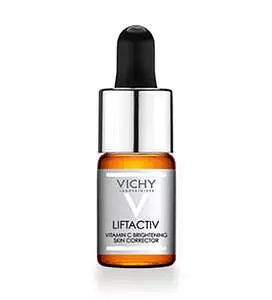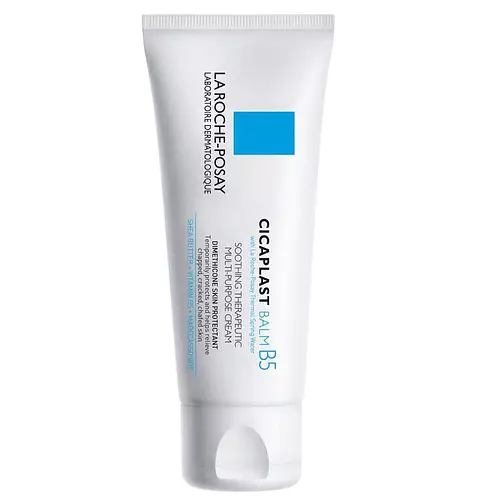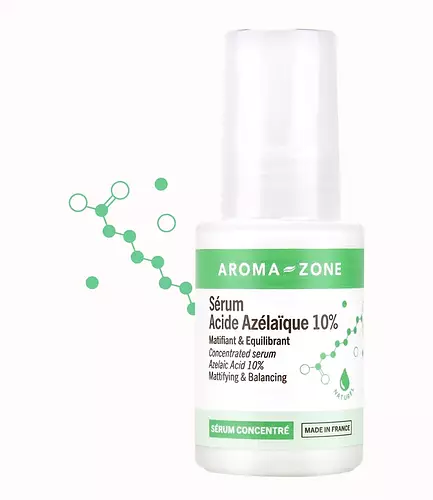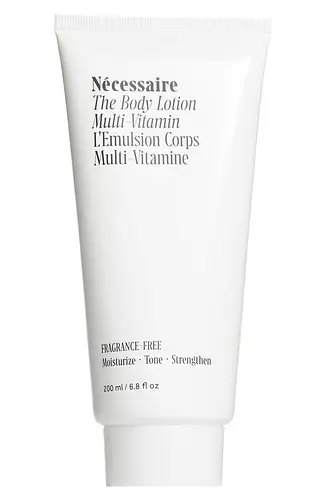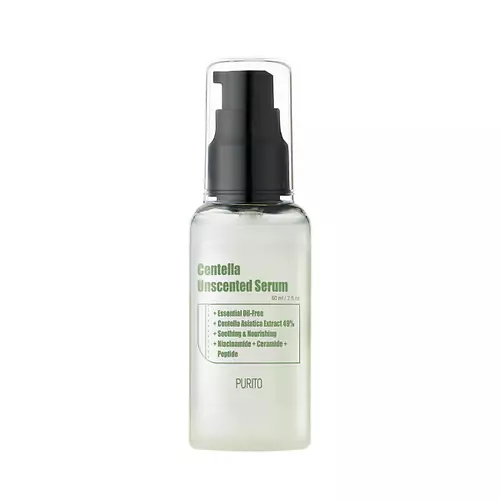Updated on June 07, 2024
Overview
What they are
These products are both reef safe . They have a total of 2 ingredients in common
Suited For
They're both likely to be good for fighting acne, dry skin, brightening skin, reducing pores and dark spots
Free From
They both do not contain any harsh alcohols, common allergens, parabens or sulfates
What's Inside
They both contain silicones
We independently verify ingredients, and our claims are backed by peer-reviewed research. Spot a product that needs an update? Let us know.
Ingredient Info
La Roche-Posay Lipikar Balm AP+ Intense Repair Moisturizing Cream 24 ingredients
The Ordinary Azelaic Acid Suspension 10% 17 ingredients
At a glance
Click on any of the items below to learn more
La Roche-Posay Lipikar Balm AP+ Intense Repair Moisturizing Cream 24 ingredients
The Ordinary Azelaic Acid Suspension 10% 17 ingredients
Notable Ingredients
This product contains 1 ingredient that may have this attribute:
Benefits
This product contains 2 ingredients that may have this attribute:
This product contains 1 ingredient that may have this attribute:
This product contains 1 ingredient that may have this attribute:
This product contains 1 ingredient that may have this attribute:
This product contains 1 ingredient that may have this attribute:
This product contains 1 ingredient that may have this attribute:
This product contains 2 ingredients that may have this attribute:
Concerns
This product contains 4 ingredients that may have this attribute:
This product contains 1 ingredient that may have this attribute:
Notable Ingredients
This product contains 1 ingredient that may have this attribute:
Benefits
This product contains 1 ingredient that may have this attribute:
This product contains 1 ingredient that may have this attribute:
This product contains 1 ingredient that may have this attribute:
This product contains 1 ingredient that may have this attribute:
This product contains 1 ingredient that may have this attribute:
This product contains 2 ingredients that may have this attribute:
This product contains 1 ingredient that may have this attribute:
This product contains 1 ingredient that may have this attribute:
Concerns
This product contains 2 ingredients that may have this attribute:
Ingredients Side-by-side
Ingredients Explained
These ingredients are found in both products.
Ingredients higher up in an ingredient list are typically present in a larger amount.
Water. It's the most common cosmetic ingredient of all. You'll usually see it at the top of ingredient lists, meaning that it makes up the largest part of the product.
So why is it so popular? Water most often acts as a solvent - this means that it helps dissolve other ingredients into the formulation.
You'll also recognize water as that liquid we all need to stay alive. If you see this, drink a glass of water. Stay hydrated!
Learn more about WaterDimethicone is a silicone used for making products smooth and silky. It also has the added benefit of sealing in hydration. The amount of dimethicone found in beauty products is considered safe and non-comedogenic, meaning it won't clog pores.
Dimethicone has been found increase absorption in skin, boosting the benefits of other ingredients. While there is concern for the safety of dimethicone, the levels used in skincare are safe for use.
Ingredient Ratings
Here's what our community thinks of the ingredients in these two products.
When to use
La Roche-Posay Lipikar Balm AP+ Intense Repair Moisturizing Cream 24 ingredients
The Ordinary Azelaic Acid Suspension 10% 17 ingredients


Reviews
Here's what our community thinks
La Roche-Posay Lipikar Balm AP+ Intense Repair Moisturizing Cream 24 ingredients
The Ordinary Azelaic Acid Suspension 10% 17 ingredients
Mac_R
This product has its ups and downs...
Positive: cleans up my closed comedones, affordable.
Negative: Its a little spicy on my sensitive skin and...
This product has its ups and downs...
Positive: cleans up my closed comedones, affordable.
Negative: Its a little spicy on my sensitive skin and pills easily
Would use at night, and use it sparingly. let it FULLY absorb before moisturizer, it will pill and sting if you use another product too soon after
fyr
really really good, helped with my skin texture and closed comedones!! only downside is the extreme pilling so i would recommend using it as the...
really really good, helped with my skin texture and closed comedones!! only downside is the extreme pilling so i would recommend using it as the last step of ur night routine
